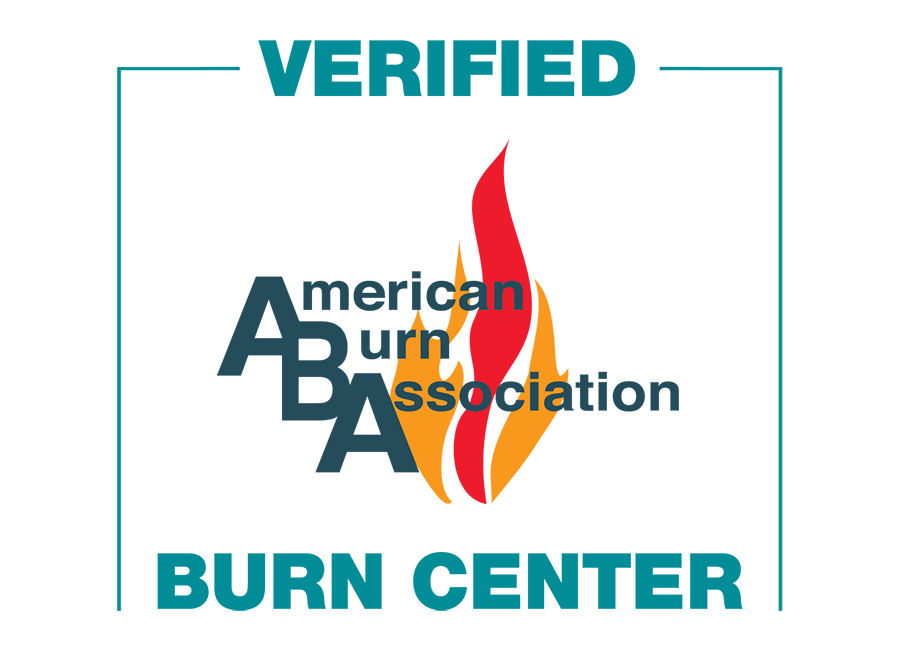Skin Reactions Covering Large Sections of the Body
Toxic epidermal necrolysis syndrome (TEN) and Stevens-Johnson syndrome (SJS) affect the body in the same way. They cause your skin to develop rashes, blister, and peel.
What Is Toxic Epidermal Necroysis Syndrome (TEN)?
TEN is a rare skin disease that causes the top layer of skin (epidermis) to separate from the deeper layer (dermis). The disease may also affect mucous membranes, such as the eyes, mouth, lungs, and genitals.
If this skin disease covers less than 10 percent of your skin, specialists diagnose it as Stevens-Johnson syndrome. If the disease covers 10–30 percent of your body area, specialists call it SJS/TEN. And if it covers more than 30 percent of your body, specialists diagnose you as having TEN.
Causes of SJS/TENS?
The cause of SJS and TEN is still not well understood. In 77–94 percent of cases, the cause is a reaction from taking medication; however, some cases have no known cause.*
Toxic Epidermal Necrolysis Symptoms
Symptoms of TEN include:
- rash,
- fever,
- stinging eyes,
- runny nose,
- sore throat,
- malaise or fatigue, and
- painful blisters.
Doctors diagnosis TEN or SJS after taking a skin biopsy. A skin biopsy is a procedure where a doctor cuts and removes a small sample of skin to have it tested. This helps the doctor diagnose the disease.
*Total Burn Care, 5th edition
SJS/TEN Treatment
Your treatment will depend on how much of your body is affected by the rash. You will get treatment from a team of specialists that include dermatology, burn surgery, wound care, and physical therapy.
Treatment can include:
- caring for your wounds,
- placing you on IV fluids,
- monitoring your airway,
- helping with nutrition (feeding), and
- managing and controlling your pain.
Wound Care
If your skin blisters and peels, you will need your wounds cleaned. We use an antiseptic to help remove the blistered skin and prevent infection. After we clean your wounds, we apply a topical antibiotic with dressings.
To prevent infection, we will also:
- wash our hands or use hand sanitizer when we enter and leave your room.
- wear PPE (personal protective equipment), such as gowns, gloves, and masks.
- limit the number of your visitors.
IV Fluids
We may need to give you an IV to make sure you get enough fluids and don’t get dehydrated.
Monitoring Your Airway
SJS/TEN can affect your airway (throat and esophagus).
In an emergency situation, the most important aspect of care is not the blistered skin, but your breathing and circulation. Some patients may require a breathing tube, which is attached to a ventilator and assists with breathing.
Patients who do not require a ventilator often need oxygen from a face mask or nasal cannula. A pulse oximeter is attached to the patient to continually monitor the amount of oxygen in the blood.
Help With Nutrition
Wounds in your mouth, throat, and esophagus can bleed. They can also interfere with swallowing. We can apply lidocaine sprays to make you more comfortable. We may also place a temporary feeding tube to make sure you get the calories you need to heal.
Pain Management & Control
Your comfort is our top priority. We will give you pain medications as you need them.
Find a Burn Specialist
Your Hospital Stay & Your Caregiver
How long you stay in the hospital depends on how much of your skin is affected. Both you and your caregiver will need to meet specific goals before you can go home.
Your treatment team will set these goals and coach you through them. These goals may include learning wound care, physical therapy, and pain management. We will re-evaluate these goals throughout your hospital stay.
Verified Burn Center Experts
Why does it matter that we are a verified burn center? The American Burn Association and the American College of Surgeons designed a rigorous review program that ensures verified centers offer the best care for their patients. This includes the whole patient experience from the time of injury through rehabilitation.
It also means we meet the highest quality of care available because we meet these high quality standards. The standards are for personnel qualifications, facilities resources, organizational structure, and medical care services.

Resources for Our Patients
Telemedicine Consult Services
In addition to in-hospital and clinical management of burns, we provide a consultation service. This consult service is through our telemedicine program to help ensure our patients receive optimal care.
